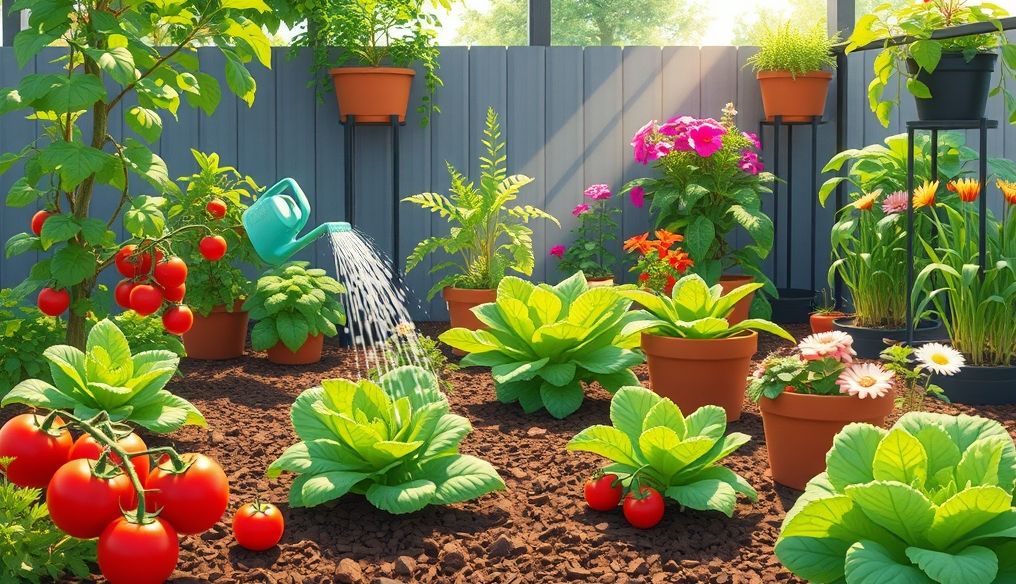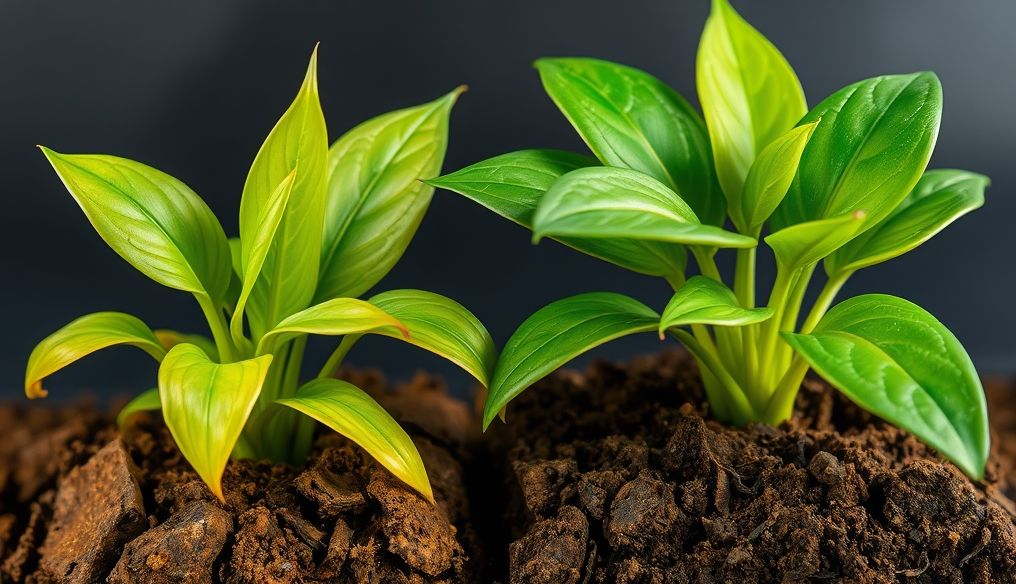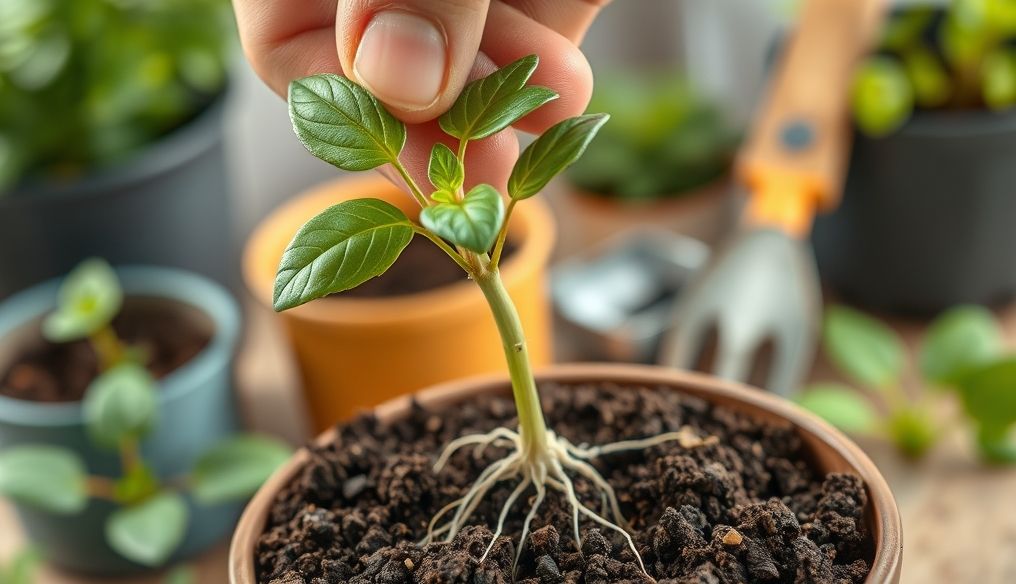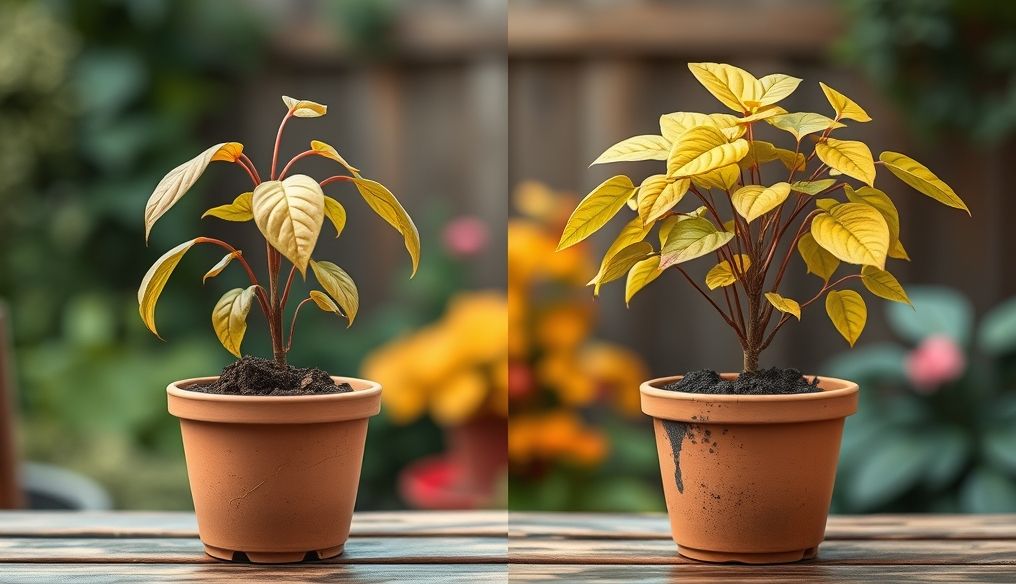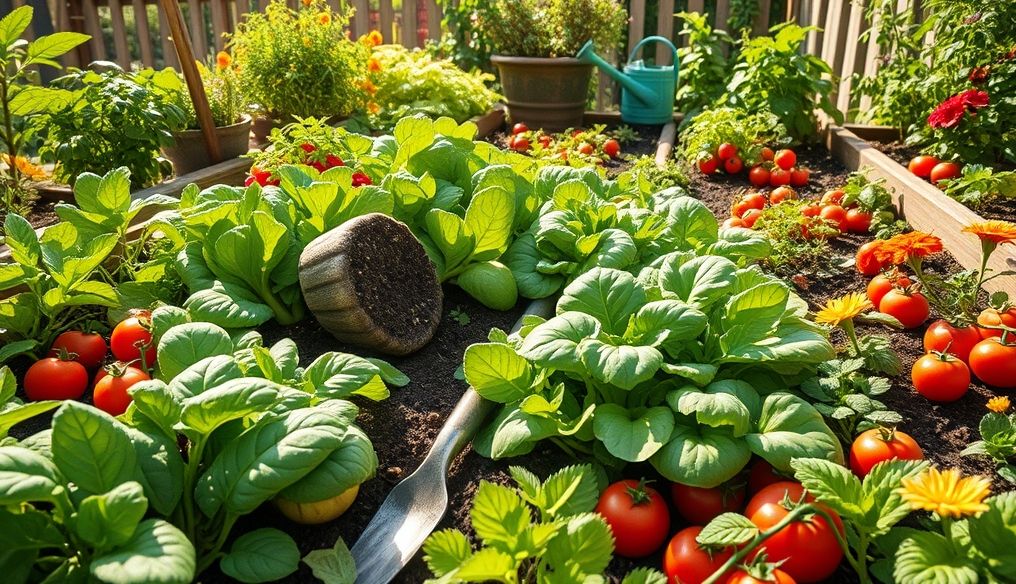Introduction: The Basics of Plant Care - Water and Sunlight
Water and sunlight are the two fundamental elements for plant life. Just as humans need food and water, plants require water and sunlight for photosynthesis, the process by which plants convert light into energy. Understanding your plants' specific water and sunlight needs is the first step towards a thriving garden.
Chapter 1: Understanding Plant Water Requirements
Different Types of Watering
There are several ways to water plants, each with its advantages and disadvantages:
- Manual Watering: Using a hose or watering can. Allows precise control over the amount of water directed to each plant.
- Drip Irrigation: Delivers water slowly and directly to the plant's roots, reducing evaporation and conserving water.
- Sprinkler Irrigation: Uses sprinklers to distribute water over a wide area. May be less efficient due to evaporation.
- Self-Watering: Using special pots or systems that allow the plant to absorb water as needed.
Signs of Underwatering and Overwatering
It's important to be able to recognize the signs of both underwatering and overwatering:
Signs of Underwatering:
- Wilting leaves.
- Dry soil.
- Slow growth.
- Leaf drop.
Signs of Overwatering:
- Yellowing leaves.
- Root rot.
- Fungal growth.
- Excessively moist soil.
Practical Tips for Proper Watering
Here are some tips to ensure you are watering your plants correctly:
- Check the soil moisture before watering.
- Water deeply, so the water reaches the roots.
- Avoid watering in the middle of the day to prevent rapid evaporation.
- Use water at room temperature.
- Consider the type of plant and climate conditions.
Chapter 2: The Importance of Sunlight for Plants
Types of Light and Their Impact on Plants
Plants need sunlight for photosynthesis, but not all light is equal:
- Direct Sunlight: Suitable for plants that need a lot of energy, such as tomatoes and peppers.
- Indirect Sunlight: Suitable for plants that prefer partial shade, such as tropical houseplants.
- Artificial Light: Can be used to supplement or replace natural sunlight, especially indoors.
Determining Plant Light Needs
Plants' light needs vary widely. Some plants thrive in full sun, while others prefer shade. Research the specific requirements of your plant type to determine its light needs.
Signs of Insufficient or Excessive Light Exposure
Certain signs can indicate that your plant is not getting enough light or is being exposed to too much:
Signs of Insufficient Light:
- Long, leggy stems.
- Pale or yellow leaves.
- Slow growth.
- The plant leaning towards the light source.
Signs of Excessive Light:
- Sunburn on the leaves.
- Faded leaves.
- Stunted growth.
Chapter 3: Factors Affecting Plant Water and Sunlight Needs
Type of Plant
Each type of plant has different water and sunlight needs. Desert plants, for example, need little water and lots of sun, while tropical plants need lots of water and partial shade.
Climate and Weather
Climate and weather significantly affect plant needs. On hot, dry days, plants will need more water. On cloudy days, they may need artificial light if there isn't enough natural light.
Soil Type
The type of soil affects its ability to retain water. Sandy soil drains quickly, while clay soil retains water longer. You should choose the appropriate soil for the type of plant you are growing.
Pot Size
The size of the pot affects how much water the soil can hold. Plants in smaller pots need to be watered more frequently than plants in larger pots.
Chapter 4: Strategies for Efficient Water Use
Using Mulch
Mulch helps retain moisture in the soil, reducing the need for frequent watering. You can use organic mulch, such as wood chips or straw, or inorganic mulch, such as gravel or plastic.
Collecting Rainwater
Rainwater is an excellent source of water for plants. You can collect rainwater in barrels or tanks and use it to water your plants.
Watering Early in the Morning or in the Evening
Watering early in the morning or in the evening reduces evaporation, allowing plants to absorb more water.
Choosing the Right Plants for the Climate
Choose plants that are adapted to your local climate. These plants will require less water and care.
Chapter 5: Optimizing Sunlight Exposure
Determining the Best Location for Plants
Place plants in a location that receives the appropriate amount of sunlight. Observe how the sun moves throughout the day to determine the best spot for each plant.
Using Light Reflectors
You can use light reflectors to increase the amount of light that plants receive. Reflectors can be as simple as a piece of cardboard covered in aluminum foil.
Pruning Trees and Shrubs
If trees and shrubs are blocking sunlight from reaching your plants, prune them to increase light exposure.
Using Artificial Lighting
If there isn't enough natural sunlight, use artificial lighting to supplement or replace natural light. There are many types of grow lights available; choose the right type for your plants' needs.
Chapter 6: Using Technology to Monitor Plant Needs
Moisture Sensors
Moisture sensors measure the moisture content of the soil and provide you with accurate information about when your plants need water. You can use this information to adjust your watering schedule.
Plant Monitoring Apps
There are many apps available that can help you monitor your plants' needs. These apps can track plant growth, remind you to water and fertilize, and provide tips on how to care for your plants.
Smart Irrigation Systems
Smart irrigation systems use sensors and weather data to automatically adjust watering. These systems can help save water and ensure that your plants get the right amount of water.
Chapter 7: Common Mistakes to Avoid
Overwatering
Overwatering is one of the most common mistakes made by home gardeners. Overwatering can lead to root rot and other problems. Be sure to check the soil moisture before watering.
Underwatering
Underwatering can lead to wilting leaves and slow growth. Be sure to water your plants deeply so that the water reaches the roots.
Not Providing Enough Light
Plants need sunlight for photosynthesis. Make sure your plants are receiving the appropriate amount of light.
Not Adjusting Watering and Light with Changing Seasons
Plants' water and sunlight needs change with the changing seasons. Be sure to adjust your watering and light schedule as needed.
Chapter 8: Practical Examples: Meeting the Needs of Specific Plants
Tomatoes
Tomatoes need lots of sun (6-8 hours per day) and regular watering. Water tomatoes deeply once or twice a week, depending on the weather.
Lettuce
Lettuce prefers partial shade and regular watering. Water lettuce every day or two, depending on the weather.
Cactus
Cacti need very little water and lots of sun. Water cacti once a month during the winter and once every two weeks during the summer.
Tropical Houseplants (e.g., Pothos)
Tropical houseplants prefer indirect sunlight and regular watering. Water these plants when the top inch of soil is dry.
Conclusion: A Thriving Garden Starts with Understanding Your Plants' Needs
Understanding your plants' water and sunlight needs is key to a successful home garden. By following the tips and strategies outlined in this article, you can meet these needs and ensure healthy growth and flourishing plants.
